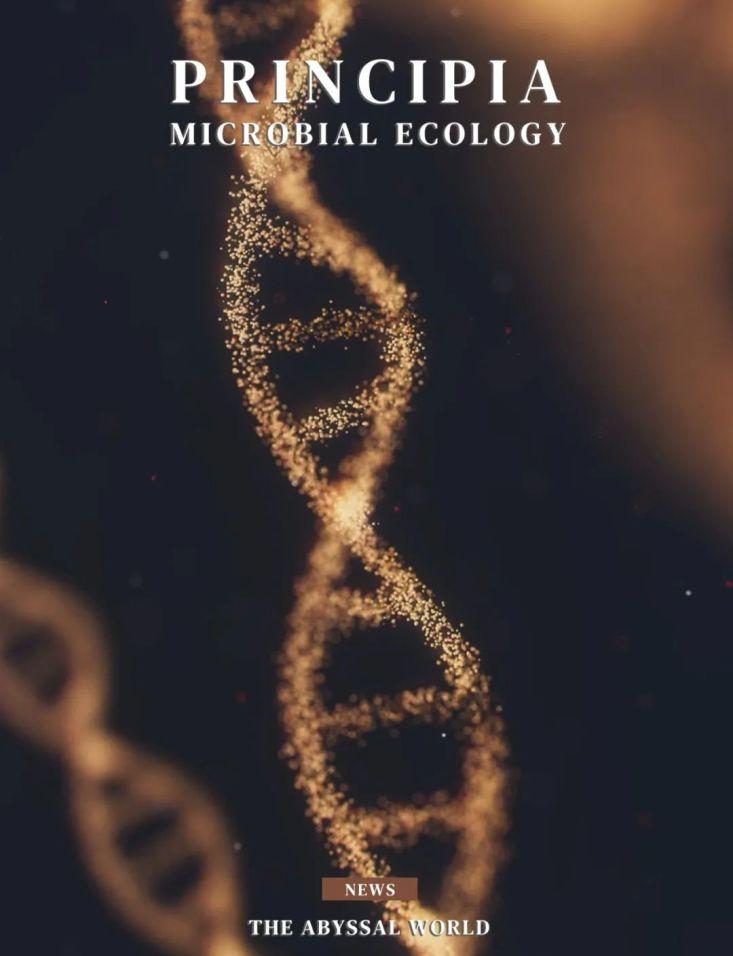
The least explored ecosystem
More than half of the Earth's surface is covered by so-called deep-ocean sediment ecosystems, yet it is also one of the least explored. This vast deep-sea world provides habitats for a variety of biomes that support fundamental ecological processes, such as nutrient cycling for the healthy functioning of marine ecosystems and carbon sequestration for regulating the Earth's climate on geological timescales.
For more than half a century, scientists have struggled to understand the diversity and biogeography of benthic organisms that thrive in deep-sea sediments. However, due to the vastness of this habitat and its remote location under the water area of several kilometers, only a small part is sampled.
In past studies, scientists have mainly studied deep-sea sediments through morphological analysis of large fauna and megafauna, and few studies have focused on microbes and small animals that are dominant in numbers, because for these animals, it is difficult for us to identify them using classical morphological taxonomy methods. Fortunately, the development of genomics offers new possibilities to fill these knowledge gaps. Now, with the help of genomics, scientists have revealed the diversity of viruses and prokaryotes in deep-sea sediments.
However, the use of genomics to explore eukaryotes in deep-sea sediments has been limited, and one of the major challenges in interpreting molecular data in deep-sea sediments is how to distinguish between benthic eukaryotes that were already present in sediments and TRACEs of DNA that later sink into water and remain in sediments.
Now, to distinguish benthic organisms from sinking plankton in deep-sea sediments, a new study compares eukaryote DNA data on a global scale by sequencing sediments from the Earth's surface to the deep-sea, revealing abundant and unknown life in the deep-sea realm.
Large-scale DNA sequencing
In the new study, the researchers performed large-scale DNA sequencing of eukaryotes in deep-sea sediments from all major ocean basins. From the surface of the ocean to the deep seafloor, they analyzed 1,685 samples and 2.42 billion DNA sequences worldwide. They then compared the newly obtained data with existing global-scale plankton datasets, all of which came from deep-sea surface sediments, as well as translucent and non-illuminating oceanographic layers.
With this comparison, the researchers successfully isolated benthic organisms from sinking plankton. The results show that the diversity of benthic organisms in deep-sea sediments may be 3 times greater than that in the water body above. And this biodiversity is made up of very different taxa of organisms, of which nearly two-thirds of the organisms do not belong to any known population. This means that there are still significant gaps in scientists' understanding of marine biodiversity.
Plankton DNA sinking into deep-sea sediments is derived from a rich species, with the largest sediments deposited at high latitudes. These biomes are made up of granular organic carbon from ocean basins and upper oceans, and the researchers deduced from analysis of the abundance and composition of their DNA that the polar regions are carbon-fixed hot spots.
In addition, the DNA signatures of plankton in the sediment predict changes in the strength of the bio-carbon pump. A bio-carbon pump is an ecosystem process that transfers carbon dioxide from the atmosphere into the deep ocean, thereby altering the global climate. The new results help scientists shed light on previously overlooked taxa that may have driven bio-carbon pumps.
A complete snapshot
This sheer scale provides scientists with the first complete perspective on marine eukaryotic biodiversity, from the surface to deep-sea sediments, and it greatly expands our understanding of deep-sea biodiversity and its ability to link to water bodies and the global carbon cycle, enabling urgently needed questions related to marine ecology to be answered for the first time in the oceans of a global scale.
This genomic dataset represents a complete snapshot of the entire eukaryotic biodiversity of the modern ocean. These data can not only address global questions about marine biodiversity, biogeography and connectivity, but also serve as a basis for reconstructing the past function of biocarbon pumps from ancient DNA archives. Next, it will also demonstrate its potential in a warmer ocean, which is crucial for creating future carbon cycle models under climate change.
The new results further suggest that studying the diversity of deep-sea organisms is of crucial importance. There are a large number of unknown organisms in the sediments of the seafloor, which must play an important role in ecological and biogeochemical processes. A better understanding of this rich diversity is essential if humanity is to better understand climate change and to protect this vast, pristine ecosystem.
#创作团队:
Author: Sugar Beast
Typography: Wenwen
#参考来源:
https://www.marum.de/en/Discover/Biodiversity.html
https://www.science.org/doi/10.1126/sciadv.abj9309
#图片来源:
Cover image: The DigitalArtist/Pixabay
Top image: ANIRUDH/unsplash